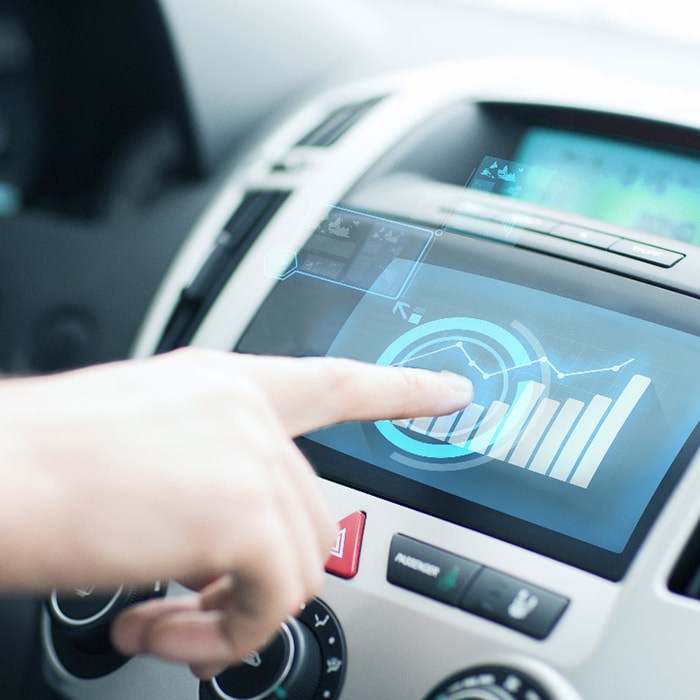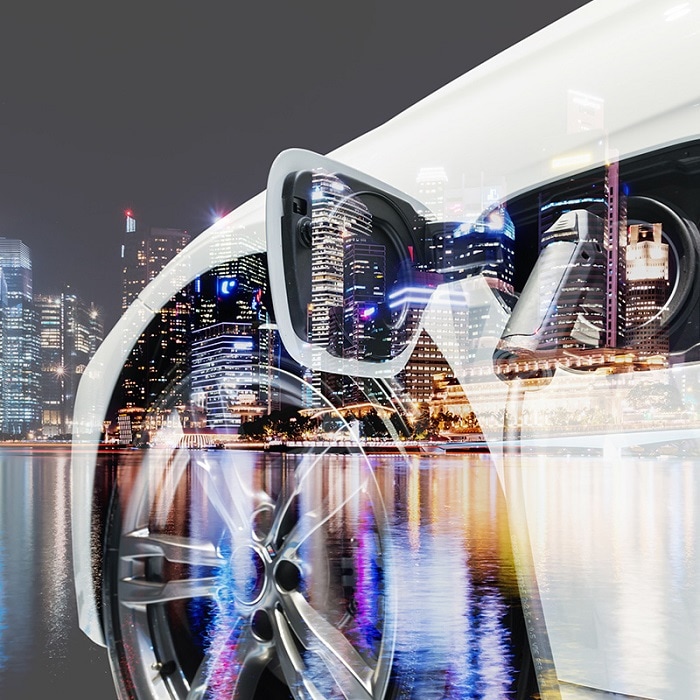OEM captive finance positioned to disrupt auto insurance has been saved

Perspectives
OEM captive finance positioned to disrupt auto insurance
Automotive technology and disruption in the UBI marketplace
Automotive original equipment manufacturers (OEMs) and their captive finance companies are in a unique position to disrupt the motor vehicle insurance market. What can they do to maximize this opportunity?
Explore content
- Download the report
- A new future for captives
- The future of mobility’s impact on insurance
- Why are captives well positioned to disrupt the market?
- How to win in the auto insurance market
Transforming the automotive ecosystem
Converging forces are transforming the way people and goods move about, leading to a new global automotive ecosystem that will be defined by powertrain technologies, stronger and lighter materials, shifts in mobility preferences, multimodal transport, and autonomous vehicles.
We view this convergence as spawning a future in which different types of vehicles will predominate. Four various future states will coexist, particularly in the United States, with different geographic locations and consumer demands making the operating environment more complicated.
- Future state 1 looks much like the world today where individuals own and drive their own cars. Although continuing introduction of driver-assist technologies may lead to reduced accidents, the full effects of increased safety and freeing drivers’ time are not realized until vehicles are entirely automated.
- Future state 2 can be thought of as the Uber and Lyft models, where mobility is consumed as a service (not a product) but there is still a human behind the wheel.
- Future state 3 has individuals owning their cars like they do today, but they are no longer responsible for driving them. The use of autonomous vehicles will significantly change how actuaries model the risk of loss, with driver behavior and claim history becoming decreasingly relevant.
- Future state 4, the most revolutionary model, imagines an autonomous service where a driver is no longer necessary. This scenario would result in the proliferation of large fleets and would shift insurance focus from personal liability to commercial insurance that covers catastrophic systems failure.
A new future for captives
Captive finance companies, wholly owned subsidiaries of automakers, are a huge force in the auto lending business. In both 2016 and 2017, OEM captives had around 40 percent market share, second only to banks.
For decades, the automotive captive finance business has been quite stable and lucrative for OEMs. Today, however, the status quo is being challenged by the future of mobility, regulatory changes, financing digitalization, and other disruptions. Everything OEM captives have built over decades—revenues, market share, brand value—is potentially at risk, or is at least going to change. Altogether, captives could face more industry disruption in the next 10 years than they have in the previous 30.
Within both the future of mobility and the future of captives, disruptions in the mobility ecosystem are expected to affect both the transportation of people and the transportation of goods. As a result, automotive manufacturers looking to grow future revenues and market share will likely need to offer new products and services that efficiently and cost-effectively meet customers’ changing transportation preferences.
For OEM captive finance companies, this likely means progressing beyond traditional offerings of vehicle financing and leasing to provide, for example, fleet management/intermodal mobility packages and short-term rental and car sharing. Among potential new products to consider: automotive vehicle insurance.

The future of mobility’s impact on insurance
From an insurance perspective, automotive coverage is headed for major change as customers’ coverage needs evolve and new insurance models emerge based on shifts in mobility.
Near-term incremental change is likely to be characterized by the increased use of in-car telematics (the long-distance transfer of computerized information) to understand driver behavior and the move to pay-as-you-drive or usage-based insurance.
Over the long term, the increasing use of car-sharing and development of fully autonomous vehicles will likely cause traditional personal and commercial auto premiums to shift substantially in four key areas:
- Advanced vehicle technology will reduce loss frequency but could increase severity
- The premium mix will move away from traditional auto policies and decline overall
- Demographic and geographic forces will shift mobility consumption unevenly across each cohort
- Commercial auto and product liability premiums will become a larger percentage of the market as vehicle ownership and control changes over time

Why are captives well positioned to disrupt the market?
Insurance isn’t new to OEM captives; many already have referral arrangements in which the dealership sells a car, refers the insurance business to a traditional insurance company, and receives a commission. Other OEM companies operate a “white label” business by rebranding an insurer’s products as their own and offering them directly to vehicle buyers.
In the next five to ten years, we see the historically inflexible automotive credit and leasing business evolving in certain markets and segments to a more flexible model for new, used, and shared vehicles that could include bundled services such as insurance. OEM captive finance companies could be well-positioned to disrupt and lead tomorrow’s vehicle insurance market through their evolving product offerings. They also have strong existing assets that they can use to deliver a variety of insurance solutions.

How to win in the auto insurance market
With so many potential places to play and ways to win, OEM captives should consider the alternatives carefully and determine what they are trying to achieve. The process starts by determining:
- What does winning look like? Considerations include complementary revenue and profitability, customer and brand loyalty, customer experience, and integration with mobility strategies.
- Where to play? OEM companies and their captives have strong existing assets. The question is, how do they best leverage those assets? Do the captives need to play a greater role in insurance delivery as the market changes with the future of mobility?
- How to win? Depending on a company’s risk tolerance, there are many options available. What assets and/or capabilities do OEM companies and their captives have that are valuable to their customers and, potentially, to insurers?
When answering these questions, each captive will start in a different place based on its legacy brand and value proposition, strategic assets such as telematics data, risk tolerances, strategic aspirations, and overall vision and strategy for the future of mobility.

Recommendations
Data disposition under cybersecurity regulations
Hot topics in auto finance: Data privacy under 23 NYCRR 500


